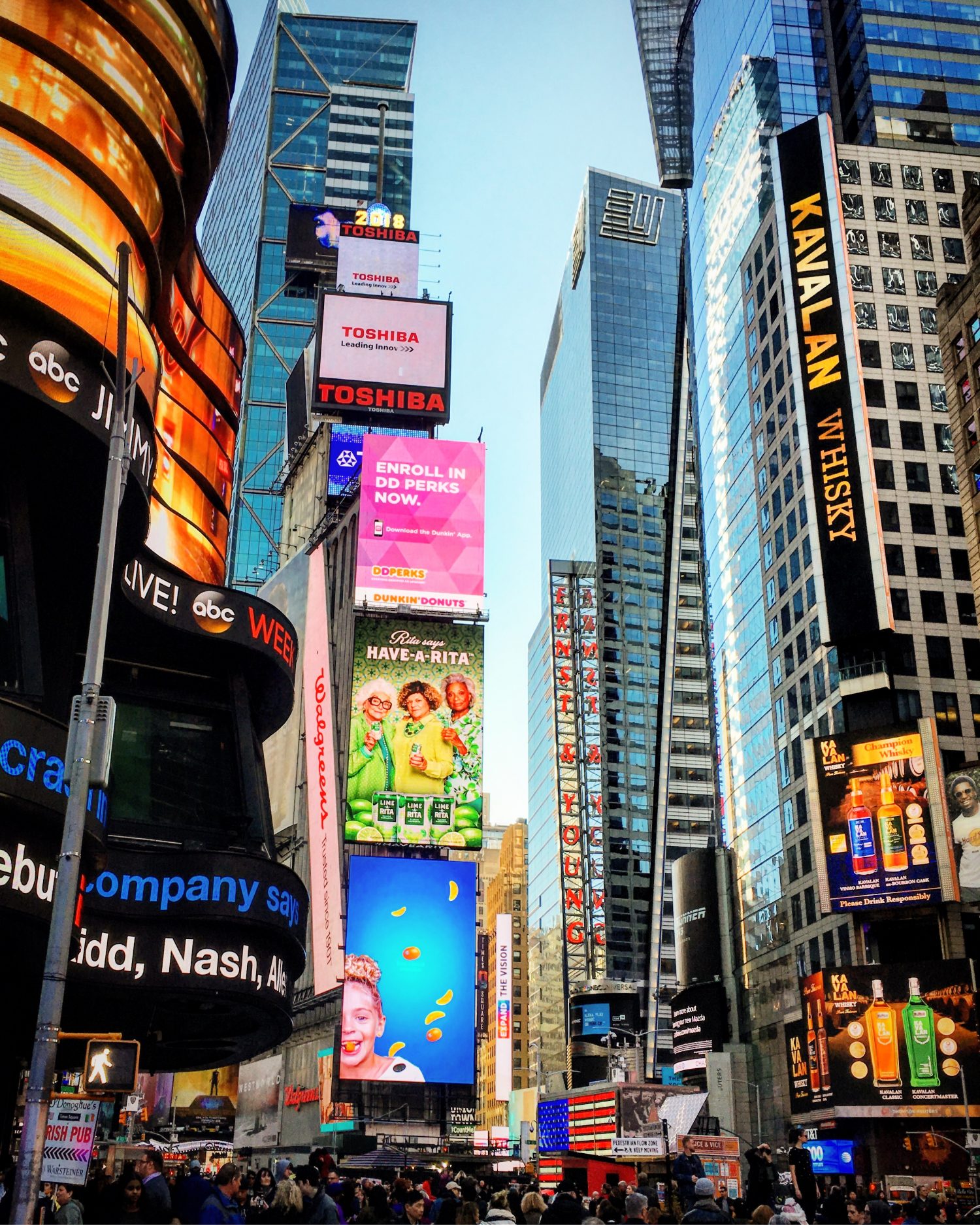Investigating the Crucial Factors That Affect Hue Consistency in LED Panel Screens for Ideal Visual Performance
Investigating the Crucial Factors That Affect Hue Consistency in LED Panel Screens for Ideal Visual Performance
Blog Article
Color consistency in light-emitting diode wall panels is essential for attaining optimal visual performance. light-emitting diode wall screens are commonly used in various settings, including concerts, meetings, and promotional showcases. When the colors on these panels are consistent, they create a more engaging and enveloping encounter for audiences. Several key factors influence color uniformity, including the caliber of the light-emitting diode components, calibration processes, and environmental factors.
The caliber of the light-emitting diode components plays a significant role in color consistency. Various types of light-emitting diodes produce light at varying frequencies, which can affect the total color output. Premium light-emitting diodes are engineered to generate a more uniform light range, resulting in improved hue accuracy. Additionally, the production method of these LEDs can impact their performance. Panels made with superior materials and technology tend to have less hue differences, guaranteeing that the shown pictures and footage look lively and faithful to life.
Tuning is another crucial element in maintaining color consistency in light-emitting diode wall screens. Calibration involves adjusting the settings of the screen to ensure that the colors displayed match the intended appearance. This process can consist of fine-tuning brightness, contrast, and hue equilibrium. Frequent tuning is essential, especially in environments where lighting factors vary frequently. By calibrating the screens, technicians can correct any inconsistencies in color output, leading to a more consistent viewing encounter.
Environmental conditions also influence hue consistency in LED wall screens. Elements such as ambient light, temperature, and humidity can affect how hues are perceived. For instance, intense surrounding light can wash read here out colors, making them look more vibrant. Similarly, extreme temperatures can influence the functionality of the light-emitting diodes, leading to color changes. To mitigate these problems, it is essential to place light-emitting diode wall screens in controlled environments where lighting and temperature can be controlled effectively.
Finally, the design and arrangement of the LED wall screens can impact color uniformity. The configuration of the panels, as well as the spacing from which they are observed, can create variations in hue recognition. When panels are arranged too distant apart or at different positions, audiences may notice inconsistencies in color. To obtain the best optical performance, it is crucial to take into account the positioning and arrangement of the panels during setup. By addressing these elements, users can ensure that their LED wall screens deliver a uniform and high-quality optical experience.